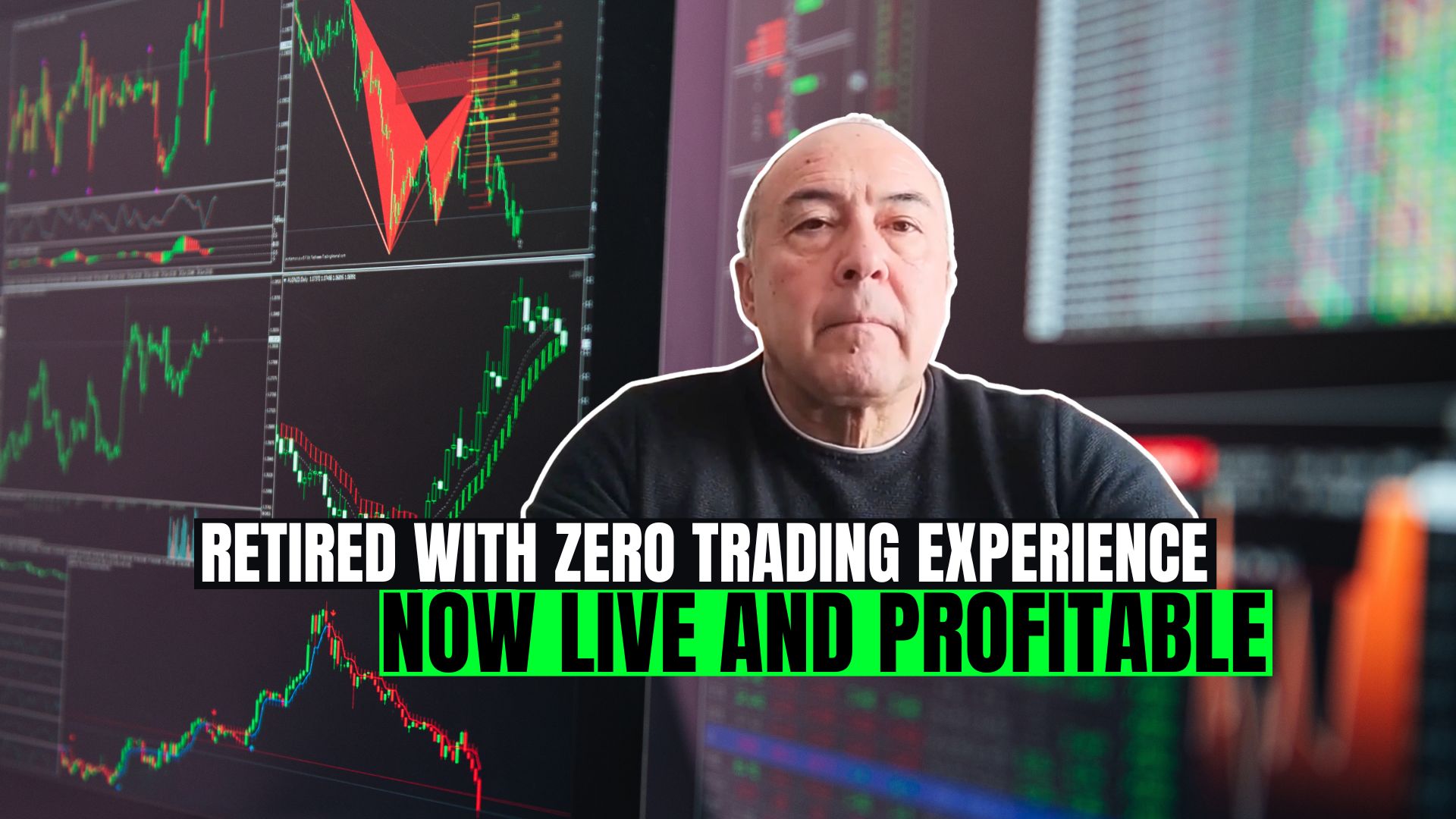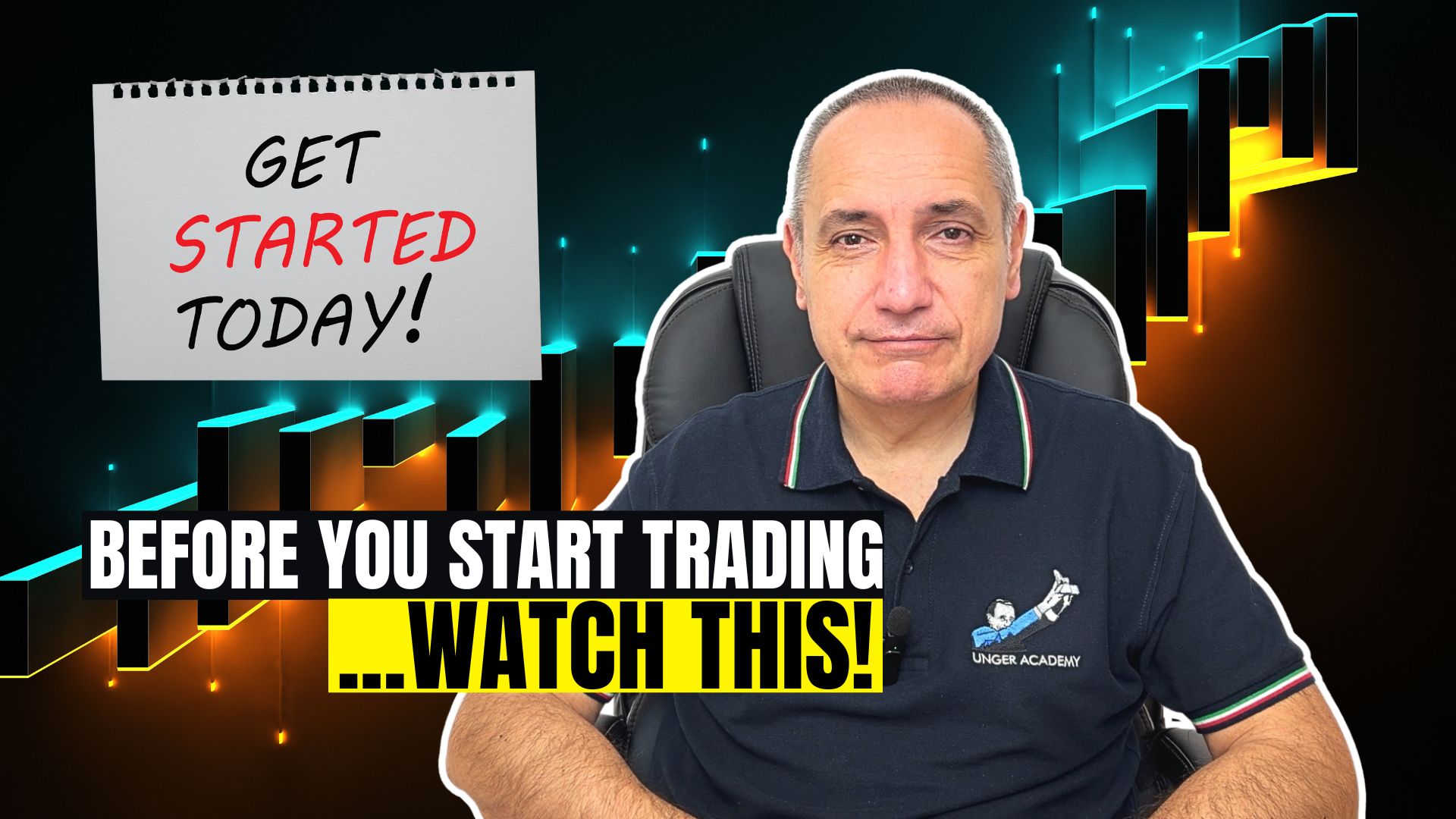Hi guys, hi from Andrea Unger.
Do you use indicators?
This question is often asked to me and it comes together with: “What indicators do you use?”.
We have already discussed this but I just want to go more in-depth in this matter.
My answer normally is that I don’t use indicators for my trading systems and this answer is astonishing for most of the guys out there who are asking me the question because the common thinking about the trading systems is that a trading system is a proper mix of indicators put together to realize the automation which is far from the truth.
I don’t mean they don’t work at all, but for sure there are better ways to build trading systems.
All the students of the Trading Systems Supremacy program know the way I build trading systems, know that I use chart patterns as filters and I use analysis with these patterns to understand what a market normally does, based on that I develop further to get the end result.
The indicator for my trading systems: what it is, how to use it and why
Thinking a bit better about this I also realize that yes, sometimes I use indicators, but I don’t use indicators in the way people think.
So I don’t use indicators to build my setup but if I use them, I use them as a filter to another kind of entry or activity.
One of the indicators that I love most, it is a big word, that I prefer, let’s say, is the ADX.
ADX is an indicator that moves between 0 and 100 even if 0 and 100 are both crazy levels, and it measures somehow, let’s say, the acceleration of the price move.
I’m not going in-depth into the formula, the equation because it doesn’t make sense here and on most of the charting software you find the ADX as is so you have just to input the number of bars on which it is calculated, but just be aware that it tells you, more or less, how accelerated the market is in that very moment.
The indicator for my trading systems: which values to take into account?
Big values of ADX are all those exceeding, I might say, 65, whereas 80 or 90 are very seldom seen on any chart, so with about 65, you are already in a situation of strong acceleration.
Small values are, I might tell you, below 40/45.
I don’t consider values of 15 or 90 because, as said, they are at such a limit that doesn’t make any sense to investigate on that.
These values play an important role in your entries and they also change if you change the number of bars on which you calculate the value of ADX.
The shorter they look into the market, the longer of course…
This is pretty easy to understand but obviously, you might target a small number of bars if you go for a longer move or… sorry a small number if you go for a short move, a short time horizon of your trade, or longer number of bars of which you calculate this oscillator if you go for a longer time horizon of the trade.
How to use it, what is the ADX telling you and how can it help in your trading systems?
If you imagine a breakout, imagining a breakout you might think that the strength of the market helps in a breakout, so the higher the ADX the better the entry.
Is this true?
Does it really work like that?
To understand it a bit better by looking at numbers as I normally love to do, I prepared a small investigation on my computer just to show you.
Take care and have a look at it.
I’m going to show you immediately.
A practical example of how I use it
So, guys, this is our code, very simple code, very easy.
We have our input MyADXLimit, this is input so that I can optimize it to understand how it works.
It’s here and has a limit MyADXValue which is a variable and it’s actually the ADX on 5 bars, that simple, daily bars in my example here, but it doesn’t matter, just bars.
Then this limit, this limitation, if my ADX is smaller then my limit, which is set at 100, which is no filter, but then we will analyze it, and I can perform this task here.
Here we have an additional task: if yesterday’s close is smaller than the close of the day before then you can buy at the breakout of the high of yesterday, it’s a typical breakout entry, very very simple.
If on the contrary, the close is higher than the close of the day before, then you can enter short at the low of yesterday.
This is just the set of rules to enter the market, very simple.
This part here is a sort of a retracement rule to the entry, which helps and also helps to separate the long and short on the same day because obviously, I cannot have both a close smaller and a close greater than the close of the day before.
Then we close at the end of the day, “setexitonclose” is the instruction that means the positions close at the end of the day, as said, it’s just an example.
We have this basket of instruments here.
Sorry, I put it to 100 now because we don’t want a filter immediately.
As said, 100 is my maximum value of ADX.
Some Forex pairs and then I have some future crude oil, sorry I mean miniS&P, crude oil, gold, and DAX future.
So we run the backtest and here we have the results.
So these are the results, they are positive results, the strategy makes money, the equity curve is not the best of the world but it shows a rising equity which means that the idea works… the idea works.
Does the ADX have some effect on this?
We run therefore an optimization from 20 to 100, step 5.
20 as said, is the lower limit because I don’t believe it makes sense to go lower than that as I’ve already said.
So let’s see what happens with this optimization.
Here we are.
The results this is without a filter $380,000, it’s fine and then we see that the result does not change very much, actually, sometimes we get something more, sometimes something less.
A remarkable improvement in the drawdown… and in the number of trades
Here above, when we reach to a small number like 40 or 35 and 30 we see… at 30 we get more or less half of the profits, but at 35 we get more or less the same, just a little bit less $350,000 compared to $380.000 which is okay, but look at the drawdown.
Here we had a drawdown of $150,000, here is only $43,000.
So it has an enormous impact on drawdown!
We had an incredible improvement in our drawdown and the number of trades here with over 19,000 trades, now we have only about 8,000.
So we cut a great number of trades we work less to make more or less the same result.
So we take this and we have a look at the overall result, so we are working less we’re lazy traders, we are working less and making the same amount of money, and now the equity line, well this equity line looks much better than the previous equity line, no doubt about this.
The numbers are more or less the same, long and short are more or less equivalent and if we look at the symbols, which are even almost all profitable, just some symbols show some small losses, but I mean this is obvious in any portfolio and it would be tricky to just to take these symbols out, I leave them there and we can work.
This strategy cannot be used in real money because we have an average trade of about $44 which is not enough to cover all the trading costs, so this is just a model that might require more development.
Remember this, we have not shown the ultimate model to make money, it’s a model that works on which you could work.
What if we use it only with the Gold Future?
In some cases, it’s even good.
Look at the gold future for example, we see the gold future and with no filter, it’s 100 now, we have this situation.
A profitable strategy, the short is losing anyway and the equity line, well it made money in the early years and stopped making money.
Here we have the drawdown as well and you see the drawdown is stabilized here around $40,000 or something like that.
This, obviously, is not very exciting.
Now, if we use the input that we just found of 35 here, let’s see how things change on the gold future.
Fewer trades clearly and here we are the performance report.
Now the short is positive as well, it’s a good balance between short and long and the equity line looks much much better.
The drawdown only ones went in direction $20,000 and then normally stayed around $10,000, a big difference, a huge difference with the previous solution!
So this is something that looks very interesting.
We could even consider trading this.
If we look at the average trade of this strategy you can see that it is nearly almost $200, $196.
This is something that could be usable in real life, because it’s enough on gold future $200, especially on an intraday strategy, because we are closing the positions at the end of the day.
To tell the truth, anyway, if we look at the yearly performance, the annual performance here, you see that in the latter years, the performances were weaker than in the early years, so… but in 2020 was not bad $3,000 in only six trades!
This is something we would be happy to achieve, of course.
In conclusion
So you saw.
Maybe you were already aware, maybe this is nothing new for you, but actually, it might be surprising that breakout entries work better after a relaxing of the move and work obviously worse when the moves are already in a strong way.
As said, this was an example, I use ADX this way, obviously depending on the setup that you build you can use it with different parameters and you make, I suggest you make a different kind of investigations.
It’s not the same on every single market, on any instrument, this is clear I hope for you now, but the principle works and the evidence of the numbers is giving me the right to tell you something like this.
So ADX is one of the stuff or the things that I use in building my trading systems.
As said it comes after another world of things and if you want to learn and understand a bit more about trading systems and what I do you can register at the link here below which is completely free.
We have a pick into the world of trading systems, Andrea Unger and the Unger Academy, what we do in this world and how we work.
This might be interesting because you might find some insights as I hope you found thanks to this small tip about ADX.
So indicators? No, but yes sometimes.
How?
As a filter, I’ve just shown you.
Guys this was it, if you have questions, write them below and we’ll keep in touch.
See you next time.
Ciao from Andrea Unger.







